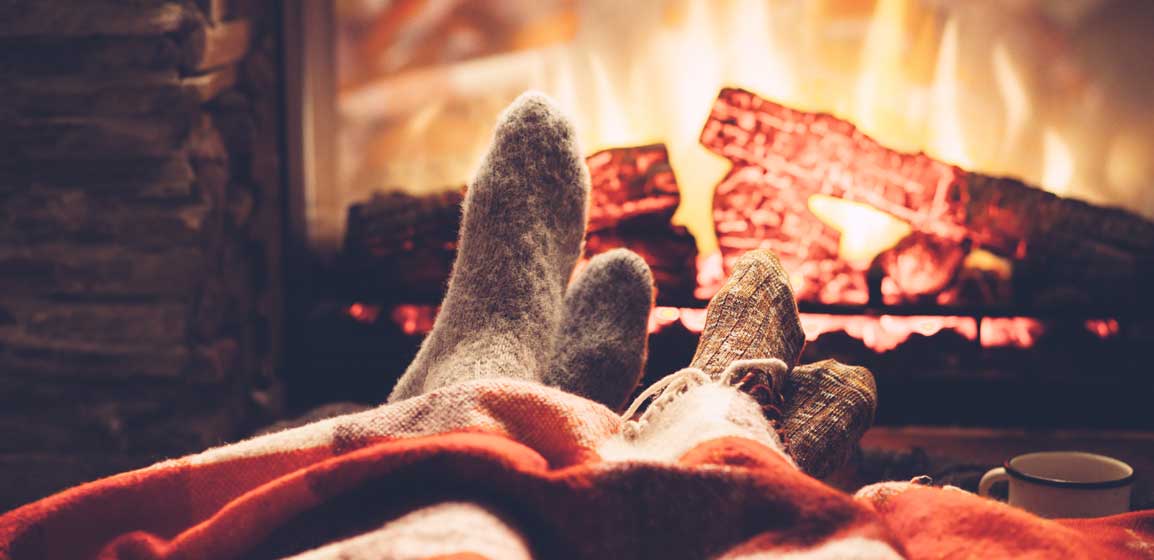Lower Your Thermostat in the Winter
Keep the thermostat at the lowest temperature that’s comfortable: 68° F or lower, and the fan set to “auto”. Save even more, when you lower the temperature overnight or when no one is home. If you plan to be away, leave your heat on and set to a temperature no lower than 60° F to avoid frozen pipes.
Keep Pipes Warm
Open kitchen and bathroom cabinets to allow warm air to reach the plumbing. Eliminate sources of cold air near water pipes by fixing windows or insulating walls. Protect exposed pipes by wrapping them with insulation, fabric or newspaper.
Insulate with Weatherstripping
According to the U.S. Department of Energy, you can save more than 20 percent on your heating and cooling bills just by weatherstripping your windows and doors. Products like shrink film window insulation kits, expanding foam seals, door seals, and foam insulation easily close up air leaks in your home and are readily available at home supply stores.
Close Fireplace Dampers when the Fireplace is Not Being Used
Stop warm air from escaping through the chimney.
Move Furniture and Drapes Away from Heat Sources
Keep vents open and unblocked. Open window coverings for natural light and warmth.
Use Ceiling Fans
Run ceiling fans counter-clockwise to circulate warm air.
Replace Old Windows
Replace drafty windows with new, energy-efficient windows or seal up leaky windows and doors (check electrical outlets and light switches for drafts too).
Change Heater Filters
Change your filter once a month.
Be a Good Neighbor
Check on neighbors, friends, and relatives.
Consider getting an SJG Quick Home Energy Checkup – It's FREE for SJG customers – Smart Energy Partners (sjgsaveenergy.com)





